What are HDPE double wall pipes?
HDPE double wall pipes are pipes that have an inner layer and an outer layer, both made of HDPE. The inner layer is smooth, while the outer layer is corrugated, which gives the pipe added strength and rigidity. The space between the two layers is called the annular space, and it serves as a secondary containment system for liquids and gases. This means that if the inner layer were to rupture or leak, the annular space would contain the spill, preventing it from entering the environment.
Benefits of HDPE double wall pipes
There are several benefits to using HDPE double wall pipes:
Durability: HDPE is a strong and durable material that can withstand a wide range of temperatures and pressure levels. HDPE double wall pipes are also resistant to corrosion, making them an ideal choice for transporting corrosive materials.
Leak prevention: As mentioned above, the annular space in HDPE double wall pipes acts as a secondary containment system, helping to prevent leaks and spills.
Easy installation: HDPE double wall pipes are lightweight and easy to handle, which makes them easy to install. They can be easily joined using heat fusion or mechanical fittings, and they don't require special equipment or training to install.
Cost-effective: HDPE double wall pipes are an economical choice for many applications due to their long lifespan and low maintenance requirements.
Uses for HDPE double wall pipes
HDPE double wall pipes are used in a variety of applications, including:
Stormwater management: HDPE double wall pipes are often used in stormwater management systems to convey stormwater runoff and prevent erosion.
Wastewater management: HDPE double wall pipes are also used in wastewater treatment plants to convey sewage and other wastewater.
Chemical storage: The annular space in HDPE double wall pipes makes them ideal for storing chemicals, as it prevents leaks and spills from entering the environment.
Oil and gas: HDPE double wall pipes are used in the oil and gas industry to transport oil, natural gas, and other hydrocarbons.
Agriculture: HDPE double wall pipes are often used in irrigation systems to convey water to crops.
Installing HDPE double wall pipes
Installing HDPE double wall pipes is relatively simple and can be done by trained professionals or DIYers with the right tools and equipment. Here are the steps involved in installing HDPE double wall pipes:
Plan the route: The first step in installing HDPE double wall pipes is to plan the route they will take. This involves determining the size and length of the pipes needed, as well as the locations of any fittings or connectors.
Prepare the site: Next, the installation site should be prepared. This may involve clearing any debris or obstacles, and marking the location of the pipes.
Cut the pipes: HDPE double wall pipes are typically cut to length using a pipe saw or a heat fusion machine.
Install the pipes: Once the pipes are cut to size, they can be installed using heat fusion or mechanical fittings. Heat fusion involves melting the ends of the pipes together using a specialized machine, while mechanical fittings involve using bolts or clamps to secure the pipes together. It's important to follow proper safety precautions and procedures when installing HDPE double wall pipes, including wearing protective gear and following the manufacturer's instructions.
Test the system: After the pipes are installed, it's important to test the system to ensure it is functioning properly. This may involve conducting a pressure test or filling the pipes with water to check for any leaks or malfunctions.
Maintain the system: Proper maintenance is key to ensuring the longevity and efficiency of HDPE double wall pipes. This may involve cleaning the pipes regularly, repairing any damages or leaks, and replacing any worn or damaged components.
In conclusion, HDPE double wall pipes are a durable and versatile choice for a variety of applications. They offer the added benefit of a secondary containment system, which helps to prevent leaks and spills. While installing HDPE double wall pipes requires some planning and preparation, the process is generally straightforward and can be completed by trained professionals or DIYers. Proper maintenance is also important to ensure the long-term performance of these pipes.
881.webp)

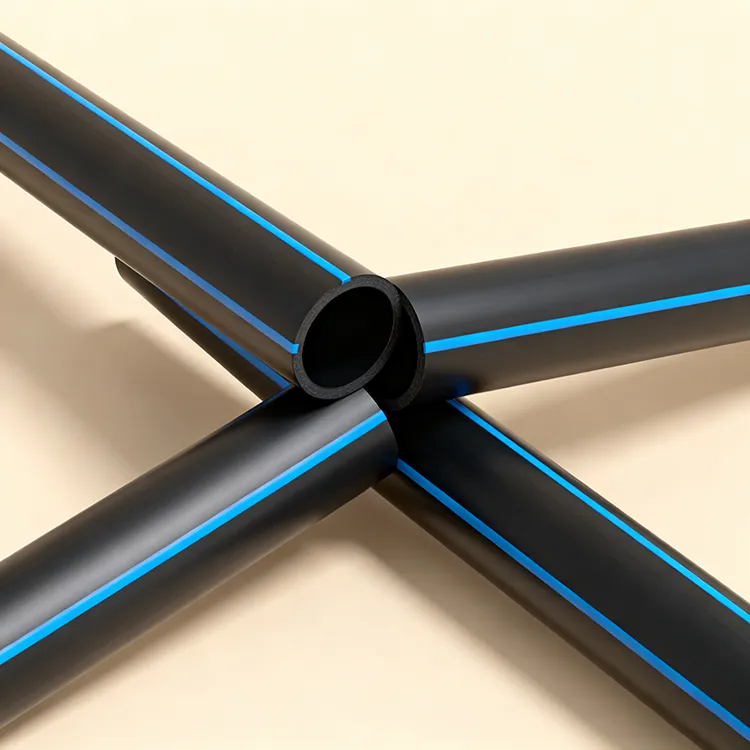
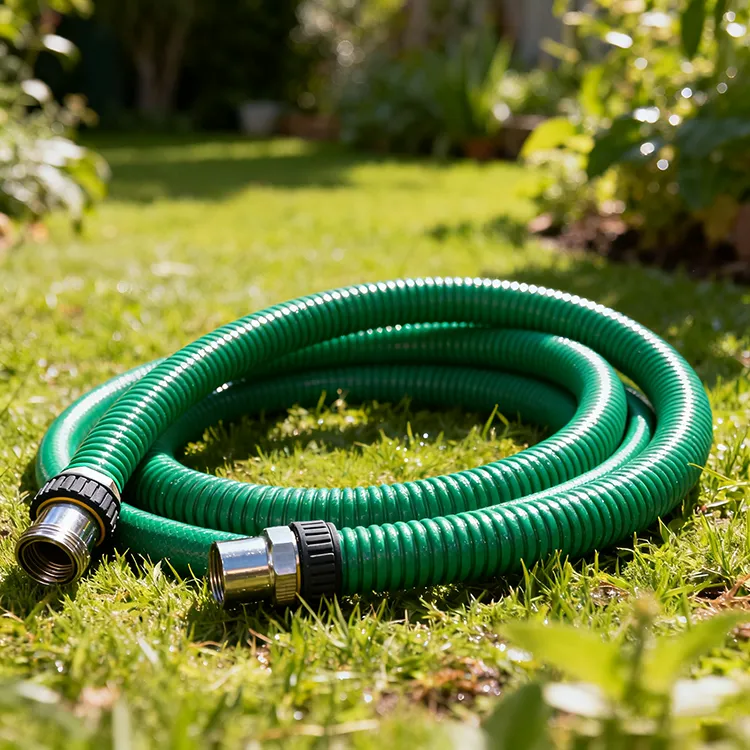

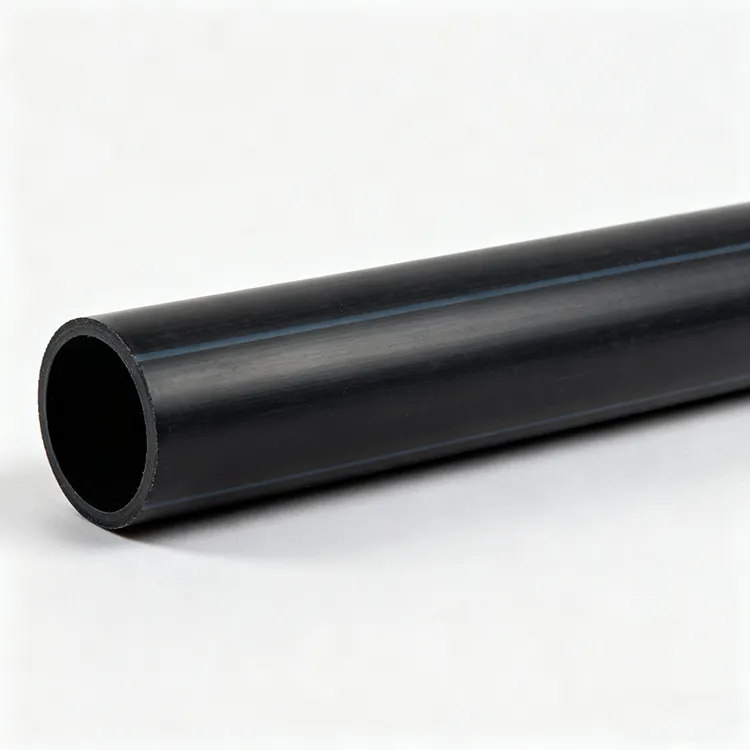
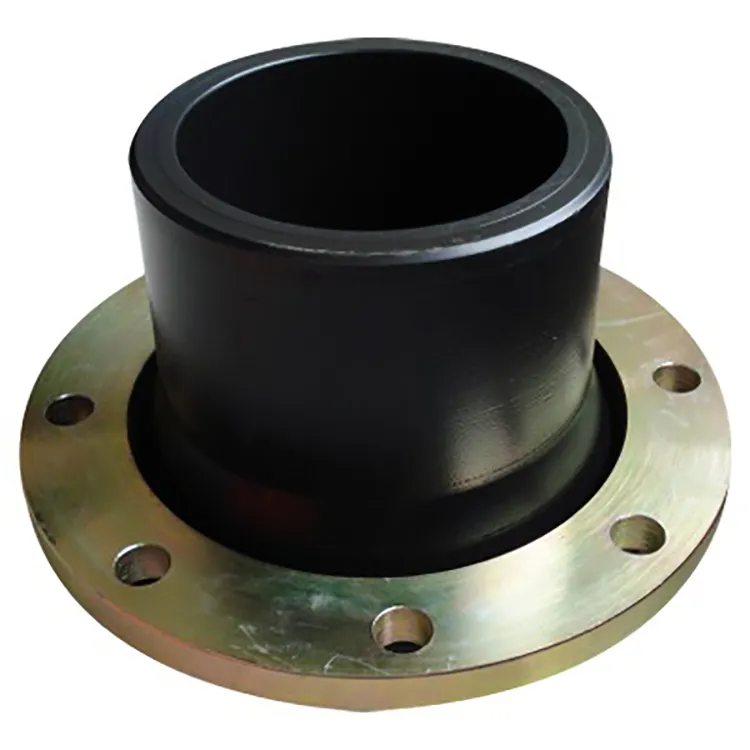


659.webp)
210.webp)
328.webp)
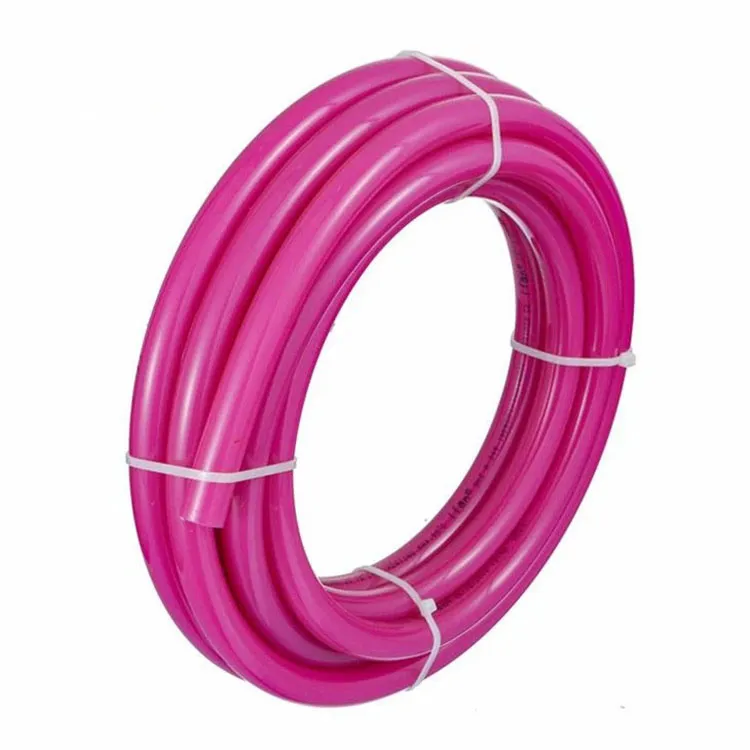
294.webp)
476.webp)


